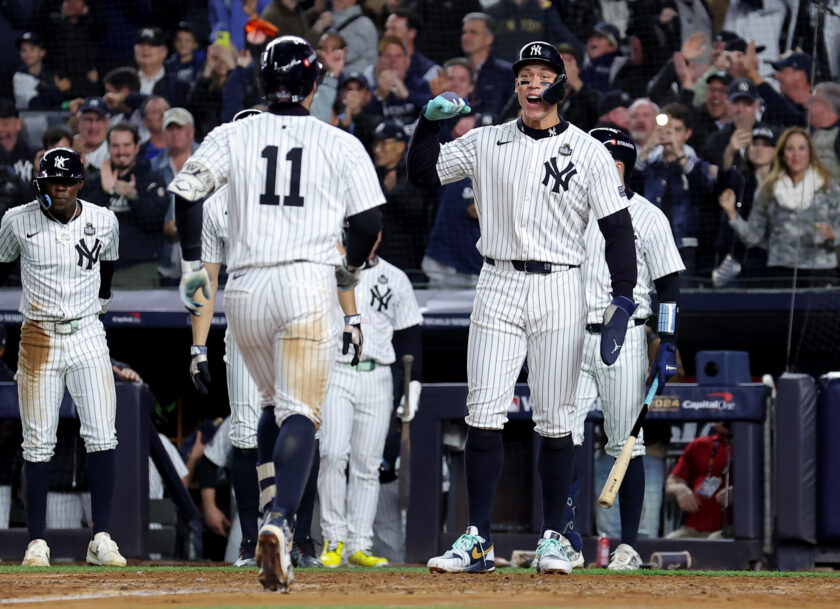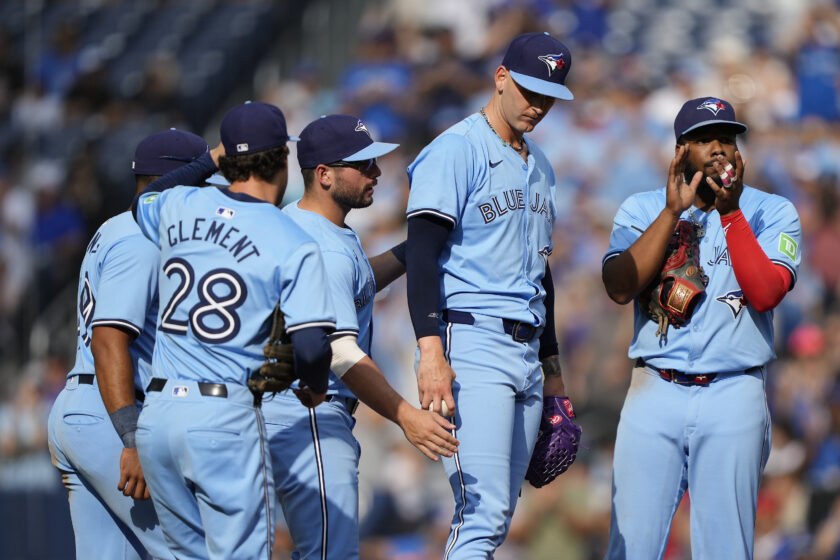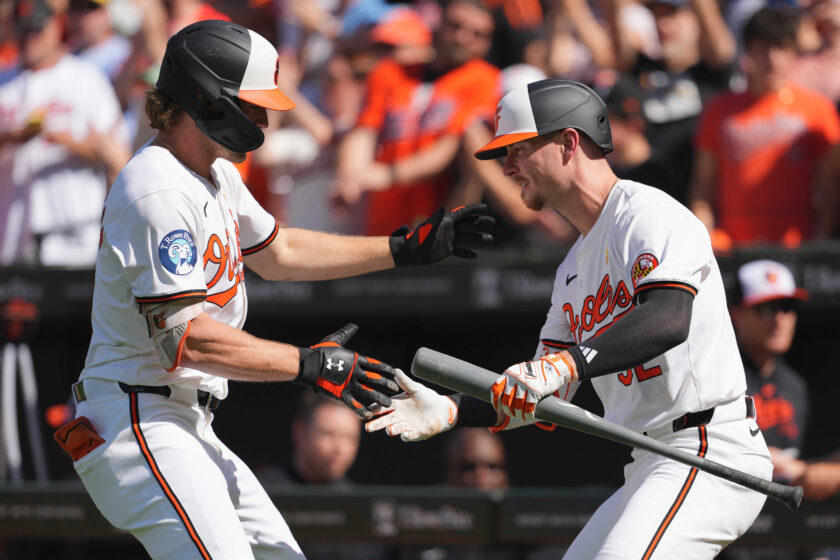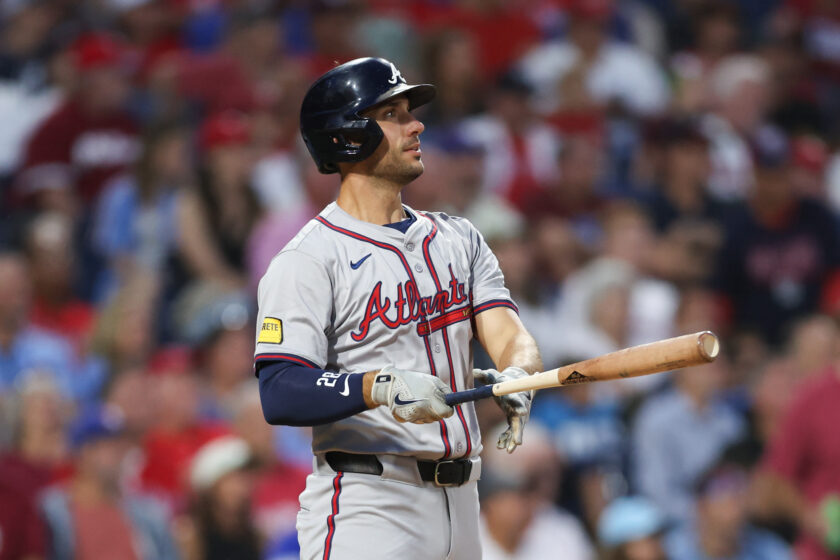The defensive shift is smothering Major League Baseball

The defensive shift in Major League Baseball is hurting our National Pastime to the point everything needs to be examined.
Here we are at the unofficial midway point of the 2018 Major League Baseball season.
For hardcore fans, its time to take a few days off, a few deep breaths and anxiously await the start of the second half. For those fortunate enough to follow a team still in contention, it’s a time to recharge. For those whose team is all but mathematically eliminated, a time to enjoy the rest of summer and look toward September when the NFL starts up.
It can also be a time of reflection for the game itself.
Earlier in the week, MLB Players Association Executive Director Tony Clark commented that the idea of a “universal designated hitter” is gaining momentum amongst players—cue the blood-curdling shrieks from the baseball purists. But seriously, who wants to see pitchers who haven’t hit since high school waving at 95 mph fastballs? It’s a topic that will be discussed ad nauseum as it gains momentum, no doubt.
But in terms of what can be done to improve the game that’s seen attendance drop an average of .87% year-on-year, down six million fans since 2007, is there a bigger gorilla in the room than the shift? Do fans want to pay $30 to park and $10 a hot dog to see big hits die in the gloves of second baseman playing short right field or shortstops positioned behind second base?
It’s simple math. Rising prices to go along with less action does not equal a sound business model.
Of course, the skyrocketing strikeout totals, up 22 percent since 2000 are a factor, but that’s a byproduct of the surge in home runs we’ve witnessed, up 19 percent since 2007. MLB doesn’t mind this as more homers are a good thing. The home run will always be the most exciting play in baseball. But along with the shift, offensively, baseball is evolving into an all or nothing game.
With the increase in “Sabermaticians” and their advanced metrics playing significant roles in MLB (the Houston Astros employ a NASA engineer as Director of Decision Science), the use of the shift is almost a no-brainer.
Since Joe Maddon started deploying it regularly back in 2010 while managing in Tampa, managers have increasingly leveraged spray charts to position their infielders. Why would a manager not shift his third baseman over to the right side and move his second baseman into short-right field with The Cubs Anthony Rizzo at the plate? Rizzo, one of the most shifted upon players in the game, is hitting just .228 against the shift in 2018.
[sc name=”MLB Center” ]From 2000 to 2009, the last year before anyone was shifting, the collective batting average (BA) for MLB was .265 with an on-base percentage (OBP) of .335 and an average of 44,251 hits. From 2010 to the present, MLB’s BA is .254 with an OBP of .320. From 2010 to 2017, the average number of hits has been 42,146.
Throughout its long history, baseball has had its ebbs and flows when it comes to offense. Each time MLB has addressed the issue by making a change—livening up and using more in-game baseballs to end the “dead ball era,” lowering the mound after 1968, “the year of the pitcher,” when the pitching was so dominant the league OBP was .299, the only time that happened since 1885.
Other sports have showcased rule changes to increase offense while enhancing action. In 2001, the NBA basically banned zone defenses by instituting the defensive three second violation (ie. Illegal Defense), barring any defenders from camping in the paint and clogging lanes.
In 2005, the NHL did away with the two-line pass rule in an effort to open up offenses which were being suffocated by the trap defense which took advantage of the rule by clogging the neutral zone.
It’s time for MLB to take a serious look at outlawing the defensive shift. As much as fans love home runs, there needs to be more to the game than HRs or strikeouts.
Clutch base hits and plays at the plate are exciting—certainly more exciting than second basemen in right field turning would-be hits into routine outs.
[sc name=”MLB Footer” ]





